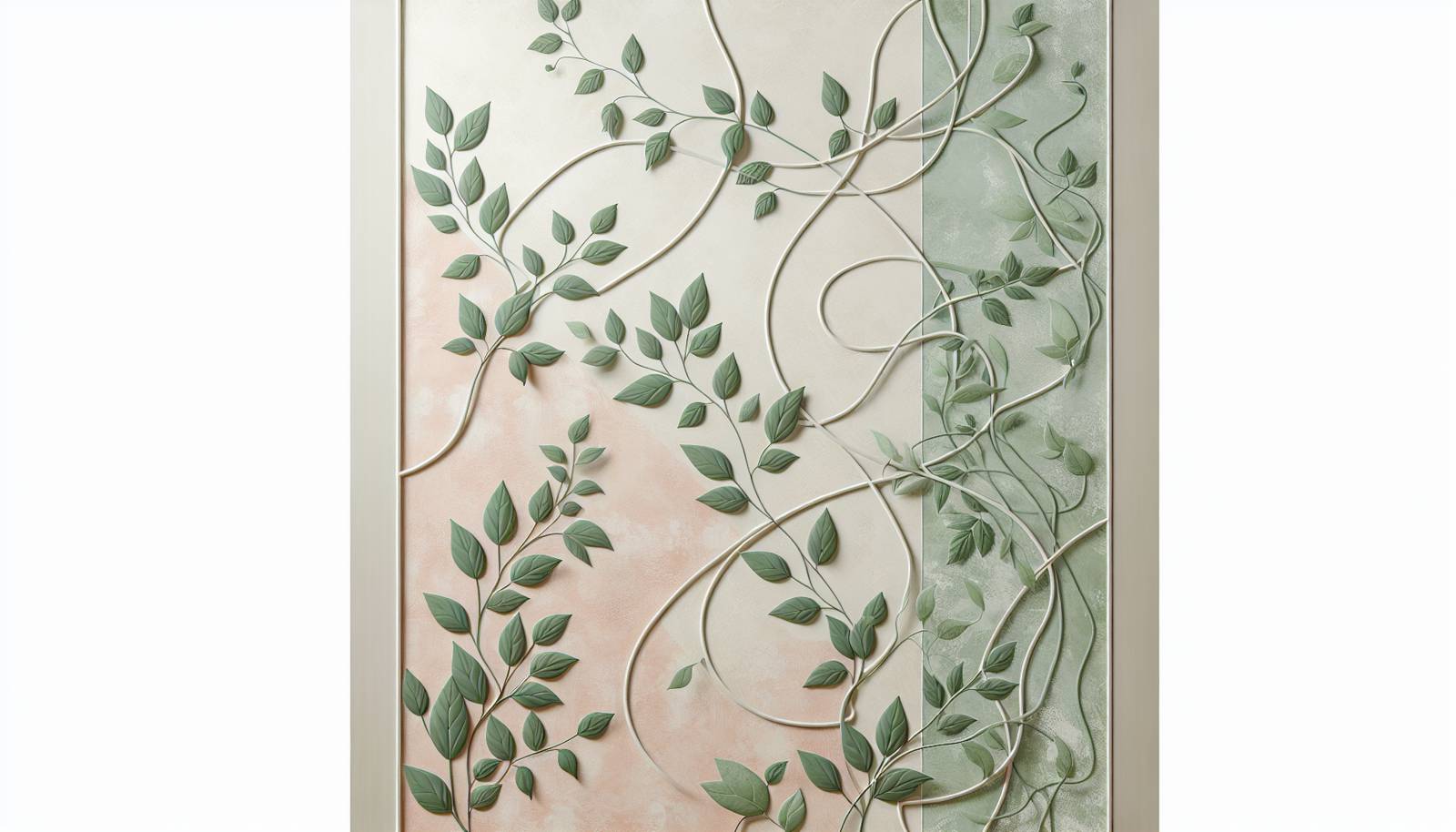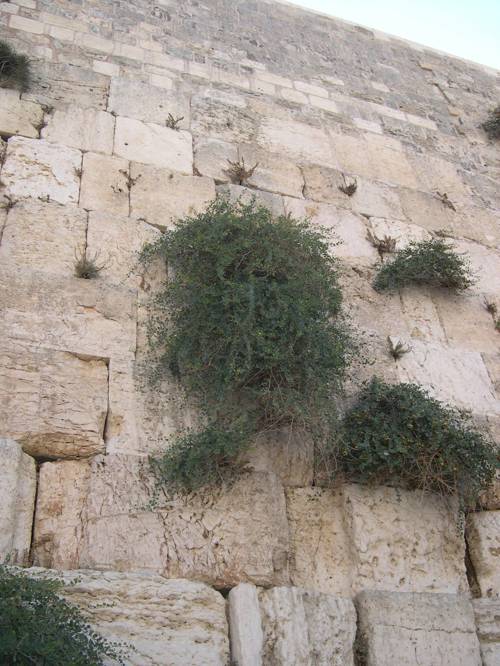
FAQ About Designing Indoor Plant-friendly Living Walls

What is a living wall?
A living wall, also known as a vertical garden or green wall, is a wall partially or completely covered with vegetation. These structures include a growing medium, such as soil, sand, or water, and can incorporate a built-in irrigation system. Living walls can be freestanding or attached to an existing wall.

What are the benefits of indoor plant-friendly living walls?
Indoor plant-friendly living walls offer numerous benefits, such as enhancing air quality by reducing pollutants, improving aesthetics, and increasing emotional well-being. They also help regulate building temperature and can reduce noise levels by acting as a natural sound barrier.

Which indoor plants are best suited for living walls?
Some ideal indoor plants for living walls include pothos, ferns, peace lilies, philodendrons, and bromeliads. These plants are generally well-suited for varying light conditions and moisture levels, making them perfect for vertical gardening indoors.

How do I design an effective irrigation system for a living wall?
To design an effective irrigation system for a living wall, consider using a drip irrigation system or capillary mats. These systems distribute water evenly across the wall and can be paired with timers for automated watering schedules, ensuring the plants receive consistent moisture without overwatering.

What materials are typically used to construct living walls?
Common materials for constructing living walls include modular panels, felt pockets, and hydroponic systems. The choice depends on the specific needs of the plants and the aesthetic goals of the wall. A sturdy frame and a waterproof backing are also essential to protect the underlying wall surfaces.

How do living walls improve indoor air quality?
Living walls improve indoor air quality by filtering pollutants such as formaldehyde, benzene, and trichloroethylene from the air. Plants absorb these airborne toxins and release clean oxygen, providing a healthier environment for occupants.

Can living walls be used in small spaces?
Yes, living walls are ideal for small spaces as they utilize vertical surfaces, freeing up floor space. Even in compact areas, a well-designed living wall can offer the same aesthetic and air quality benefits as in larger spaces.

How do I maintain a living wall?
Maintaining a living wall involves regular watering, fertilization, pruning, and monitoring of plant health. It's important to check the irrigation system for clogs and to ensure that all plants receive adequate light and nutrients. Routine inspection can help prevent pest infestations.

Are there any specific design tips for creating an indoor living wall?
When designing an indoor living wall, consider the light conditions of the space, choose plants that thrive in those conditions, and arrange them in a visually pleasing pattern. Incorporating a variety of textures and colors can enhance the wall's aesthetic appeal. Additionally, ensure that the wall is structurally supported to handle the weight of the plants and water system.

Can living walls help in reducing energy costs?
Yes, living walls can help reduce energy costs by acting as natural insulators. They keep interiors cooler by providing shade and reducing heat absorption, thereby reducing the need for air conditioning. In winter, they offer additional insulation and help retain internal warmth.

How can I prevent water damage to indoor spaces from living walls?
To prevent water damage, ensure that the living wall system includes a waterproof barrier between the plants and the underlying wall. Proper drainage systems should be installed to catch excess water and direct it away from the wall structure, preventing leaks or overflows.

What are the challenges of indoor plant-friendly living walls?
Challenges include ensuring proper light availability, maintaining adequate and consistent water supply, preventing mold and pests, and managing the structural weight on indoor walls. These challenges can be mitigated with precise planning and the use of high-quality materials and construction techniques.

How do I choose plants for low-light indoor living walls?
For low-light conditions, select plants that are tolerant of shade and require minimal sunlight. Some suitable options include snake plants, ZZ plants, and ferns. These plants can thrive in environments with limited natural light.

What types of irrigation systems are most effective for indoor living walls?
Drip irrigation systems are often the most effective for indoor living walls as they provide consistent moisture directly to the plant roots without oversaturating the growing medium. Self-watering systems with reservoirs can also be effective, offering convenience and reducing maintenance.

Can I install a living wall myself, or do I need professional help?
While DIY installation is possible for smaller projects, larger or more complex living walls often require professional expertise to ensure structural integrity, proper irrigation, and plant health. Professionals can also provide guidance on plant selection and wall design for optimal results.

How do living walls compare to potted plants indoors?
Compared to potted plants, living walls offer more visual impact and utilize vertical space effectively, which can be especially beneficial in smaller areas. While both options enhance air quality and aesthetics, living walls require more initial setup and maintenance but provide a unique and natural design element.

What is the lifespan of a living wall?
The lifespan of a living wall depends on the plants used, maintenance quality, and environmental conditions. With proper care, many living walls can last for years, as individual plants can be replaced or swapped out as needed to maintain health and appearance.

Can indoor living walls attract pests?
While any plant can potentially attract pests, proper maintenance and monitoring can minimize this risk. Regularly inspecting plants, maintaining healthy growth conditions, and promptly addressing any pest issues with appropriate treatments can help keep indoor living walls pest-free.

What are some common mistakes to avoid when designing indoor living walls?
Common mistakes include selecting inappropriate plants for the lighting conditions, neglecting a proper irrigation system, and failing to consider the structural load on the wall. Avoid these issues by thoroughly planning the design, choosing suitable plants, and ensuring adequate support and watering mechanisms.

Can living walls be integrated with smart home systems?
Yes, living walls can be integrated with smart home systems through automated irrigation and lighting. Smart sensors can monitor soil moisture, light levels, and temperature, adjusting these parameters as necessary to ensure optimal conditions for plant growth.
